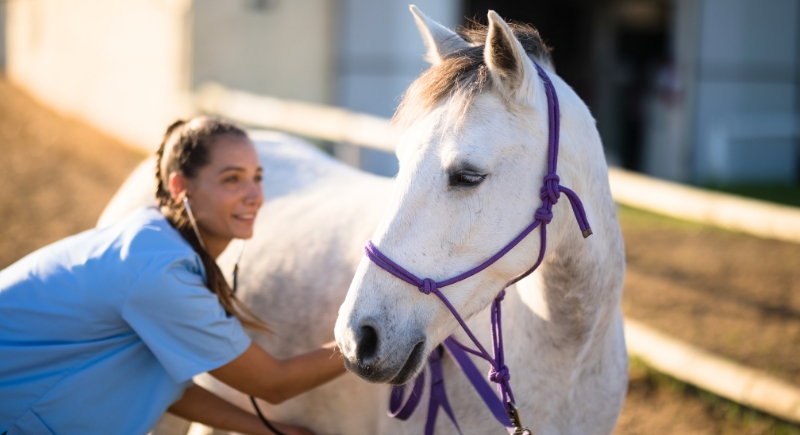The Pure Joy of a Horse Running for the First Time on Its New Prosthetic Leg
The sight of a horse running across an open field is already something special. But watching one take its first steps on a prosthetic leg feels like witnessing hope come alive. A viral video captured that exact moment, showing a horse that had lost a leg sprinting again with its new prosthetic, joy shining through every stride. Shared by the Instagram page @alfineteiusa, the clip moved millions who couldn’t stop watching the animal reclaim its freedom.
The short 1:21 video shows the horse waiting calmly as the prosthetic is secured, then suddenly racing forward with what seems like pure happiness. It’s more than a run; it’s a return. Viewers were amazed by how naturally the horse adapted to its new leg. Most horses need weeks of therapy and practice before moving comfortably with a prosthetic. The process demands not only balance and strength but also emotional trust, as the animal learns to depend on its new limb.
The Challenge of Equine Prosthetics
Creating a prosthetic leg for a horse is one of the hardest tasks in veterinary medicine. Horses can weigh over 1,000 pounds, and their legs carry intense pressure even while standing still. When one leg is lost, that weight shifts to the remaining three and puts enormous strain on the joints and spine. This is why many horses with broken or amputated legs are euthanized, as it is often seen as the most humane option when mobility cannot be restored.
In rare cases, veterinary surgeons and engineers work together to design custom prosthetics that can safely bear a horse’s weight. The materials are typically lightweight carbon fiber and titanium, designed to mimic the natural motion of a hoof. Specialized rubber pads at the bottom of the prosthetic help absorb shock when the horse moves, which reduces pain and prevents further injury. The horse’s ability to run in this video shows that the fit and alignment were successful, which is a massive achievement in itself.
Healing Through Innovation

Image via Getty Images/Wavebreakmedia
The road to recovery for animals using prosthetics is a slow and gradual process. Horses must undergo physiotherapy and muscle strengthening, as well as gait correction exercises, before they can walk or trot again. In many cases, the animal’s stump is carefully monitored to prevent infection and pressure sores. Veterinarians often use a temporary prosthetic initially, gradually replacing it with a more permanent design once the horse’s body has adjusted.
What makes this story remarkable is that the horse not only walked, but also ran. That suggests both physical healing and mental comfort. Horses are prey animals by nature, and being able to move freely again significantly reduces their anxiety. Running is a sign of confidence and relief. When a horse gallops comfortably, it indicates that it has regained trust in its body and the people who helped it heal.
Equine prosthetics were once considered impossible, but cases like this are changing minds. Veterinary prosthetists now combine medical imaging, 3D modeling, and biomechanical design to create limbs that restore movement and comfort.
Watching that horse charge forward with its tail high and stride confident shows that hope isn’t limited to people. Sometimes, it takes the form of a galloping horse, running free for the first time all over again.